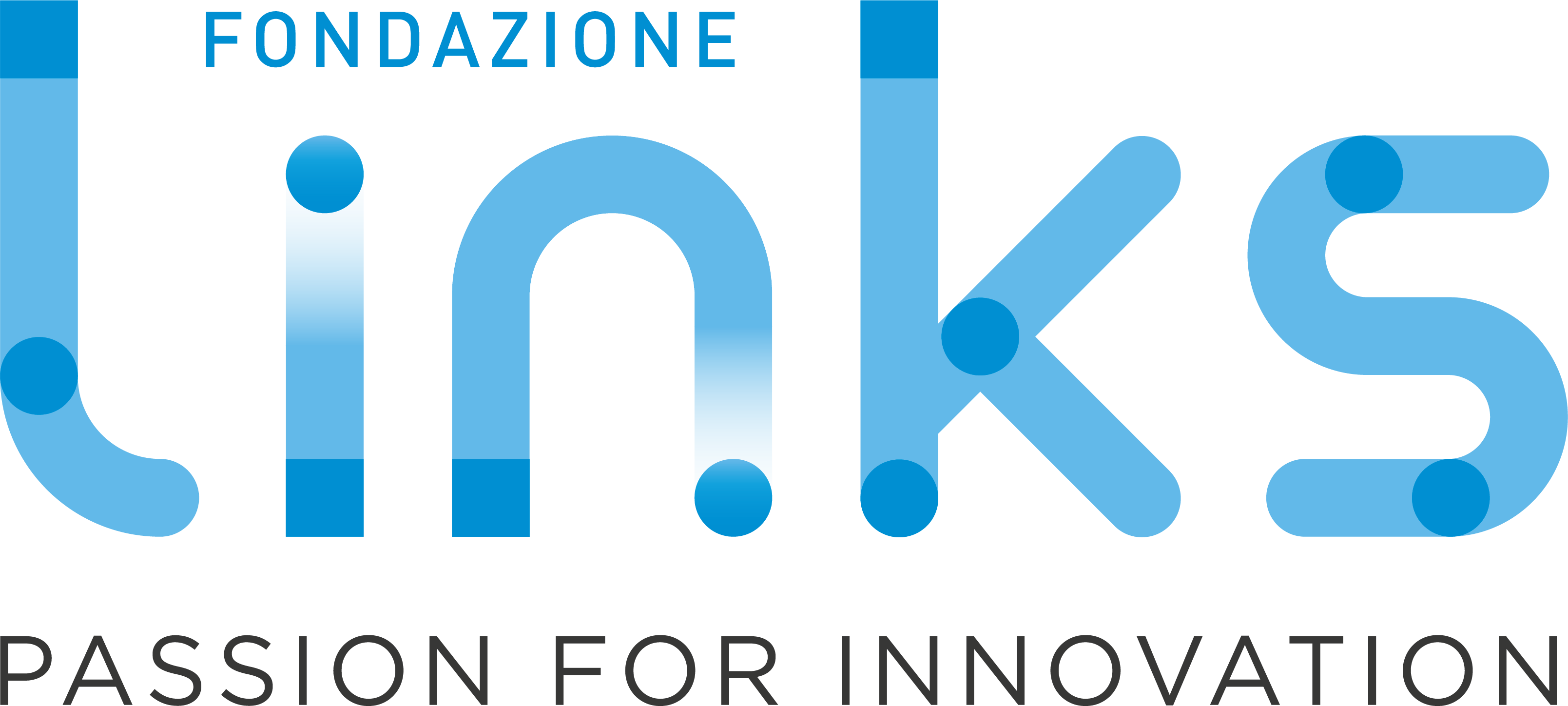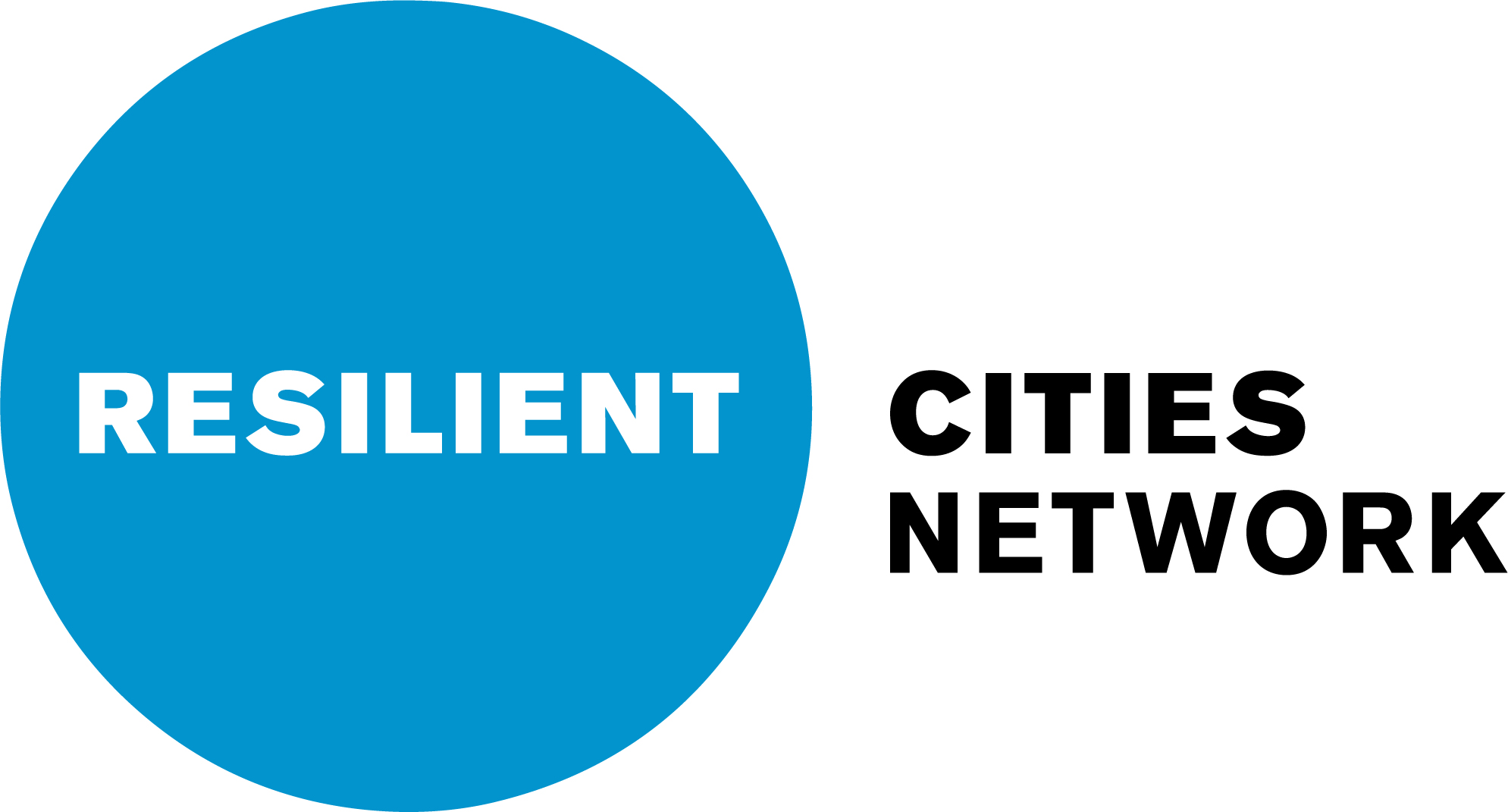Milan envisions to create districts where urban green spaces are designed to maximize their environmental, economic and social benefits.
The UP2030 Milan pilot focuses on supporting the municipal staff to integrate mitigation, adaptation, and resilience principles in the design and assessment of urban transformation projects and plans.With a focus on the urban, neighbourhood, and street scale, the pilot leverages technical tools and qualitative tools to guide sustainable planning and decision-making. Through the assessment of ecosystem services provided by urban green spaces and the construction of a methodological framework to enhance the city’s overall resilient approach, Milan aims to co-create greener, more inclusive, and climate-neutral neighborhoods.
Two complementary prototypes lead to this transformation. The first is the Ecosystem Services Assessment (ESA) and Methodology. For Milan, it consists of testing the open-source tool InVEST across different scales (urban, neighborhood, and street scale) to evaluate and map the benefits provided by urban green areas in terms of urban cooling effect and carbon storage and sequestration. The experimentation serves as a base for building a solid and replicable ESA-based methodology for the design and assessment of urban transformation projects and plans. This unfolds into a report and handbook that will ensure the future implementation and replicability of the tool by the Municipality.
The second prototype is the City Resilience Framework (CRF) Methodology. Co-developed with the Resilient Cities Network (RCities), this methodology embeds resilience thinking into municipal planning. Using a customized checklist based on the CRF, the Municipality can get a better understanding of the resilience value embedded into planning projects and initiatives at the district and urban scale, with a thorough focus on climate resilience. A supporting strategy document is also under development to structure the Municipality’s legacy and narrative regarding resilience.
-
-
- Test solutions at multiple scales:
- Street/square scale(de-paving intervention)
- Neighborhood scale (urban transformation project)
- Urban scale (citywide green infrastructure)
-

City planners, policymakers, and vulnerable communities.
Impact and Long Term Vision
Milan’s pilot bridges policy and practice to support its vision of becoming a climate-resilient, inclusive, and carbon-neutral city. By enhancing green infrastructure, quantifying ecosystem benefits, and embedding resilience in governance, the city offers a transferable model for adaptive and sustainable urban transformation.

Development of the "Ecosystem Services Assessment and Methodology" integrating the InVEST tool.

Co-developing based on qualitative methodology.


